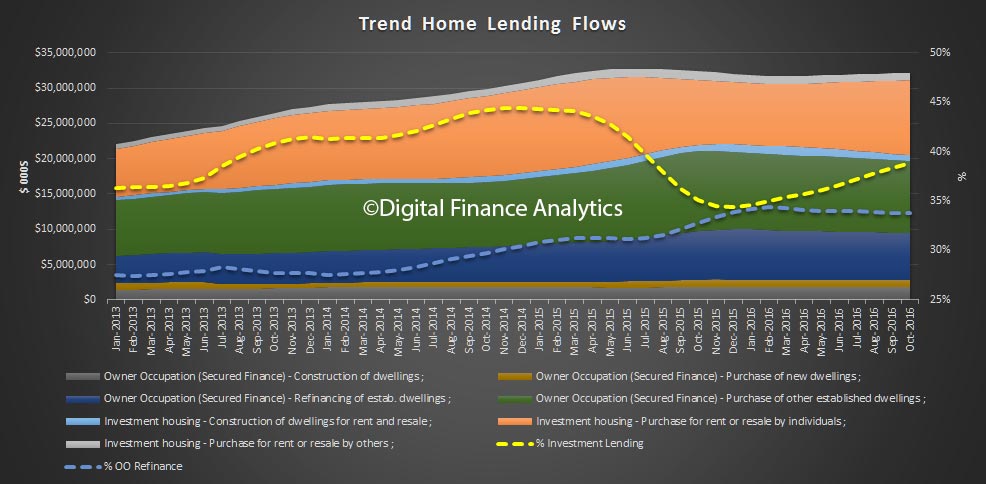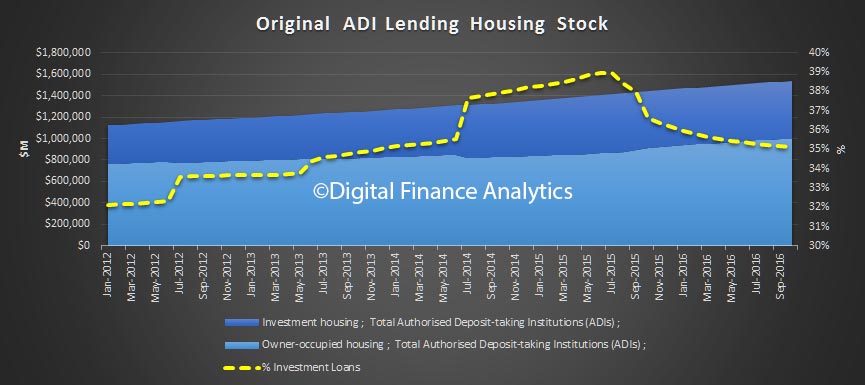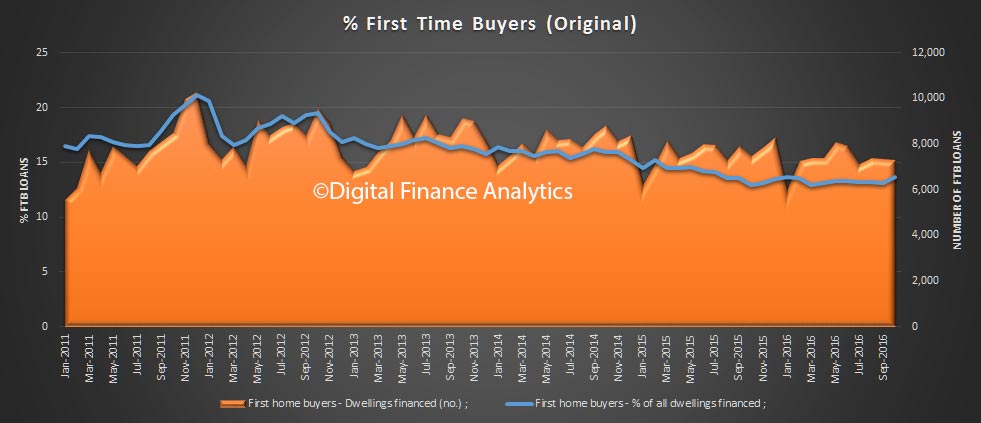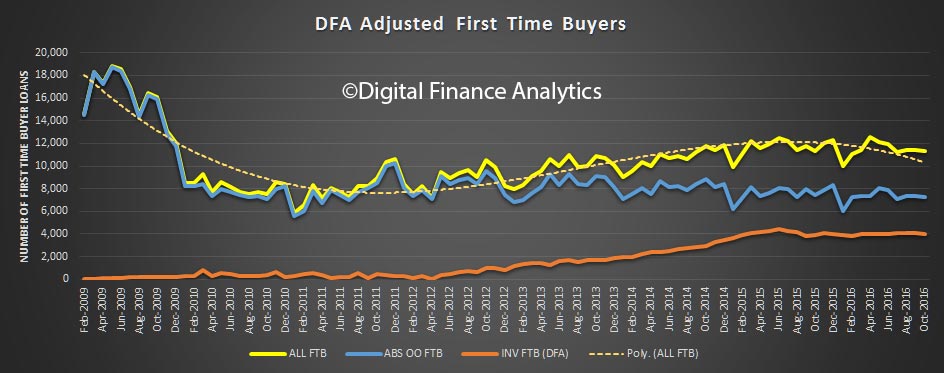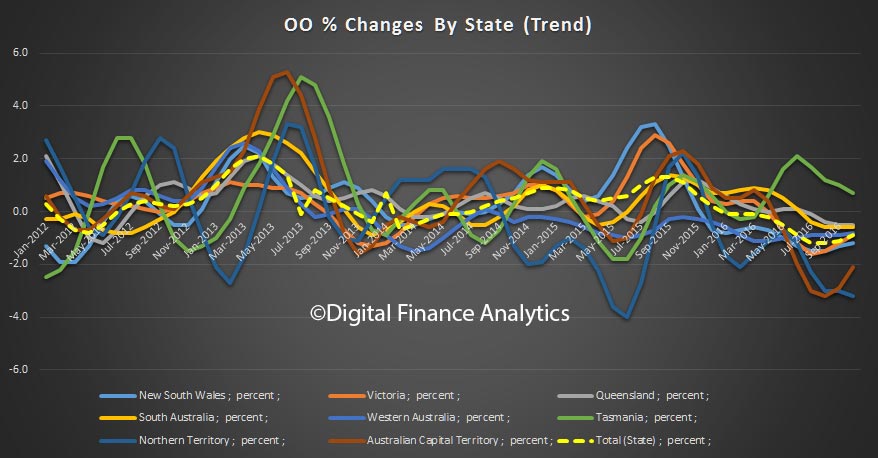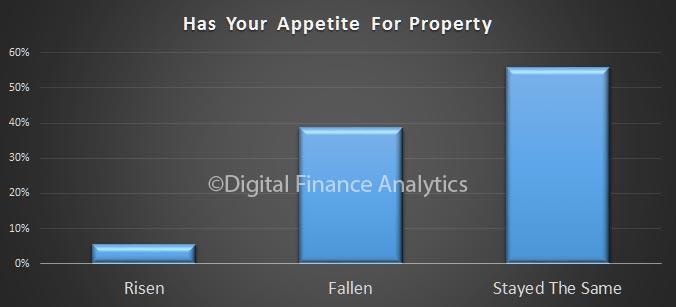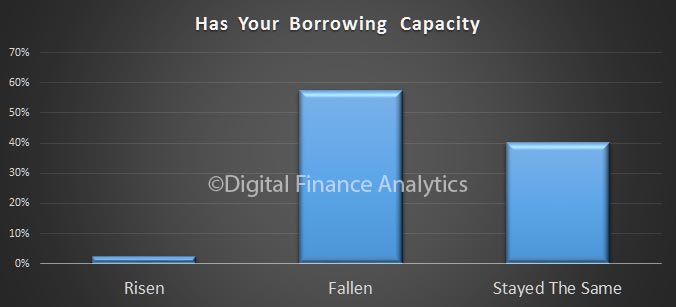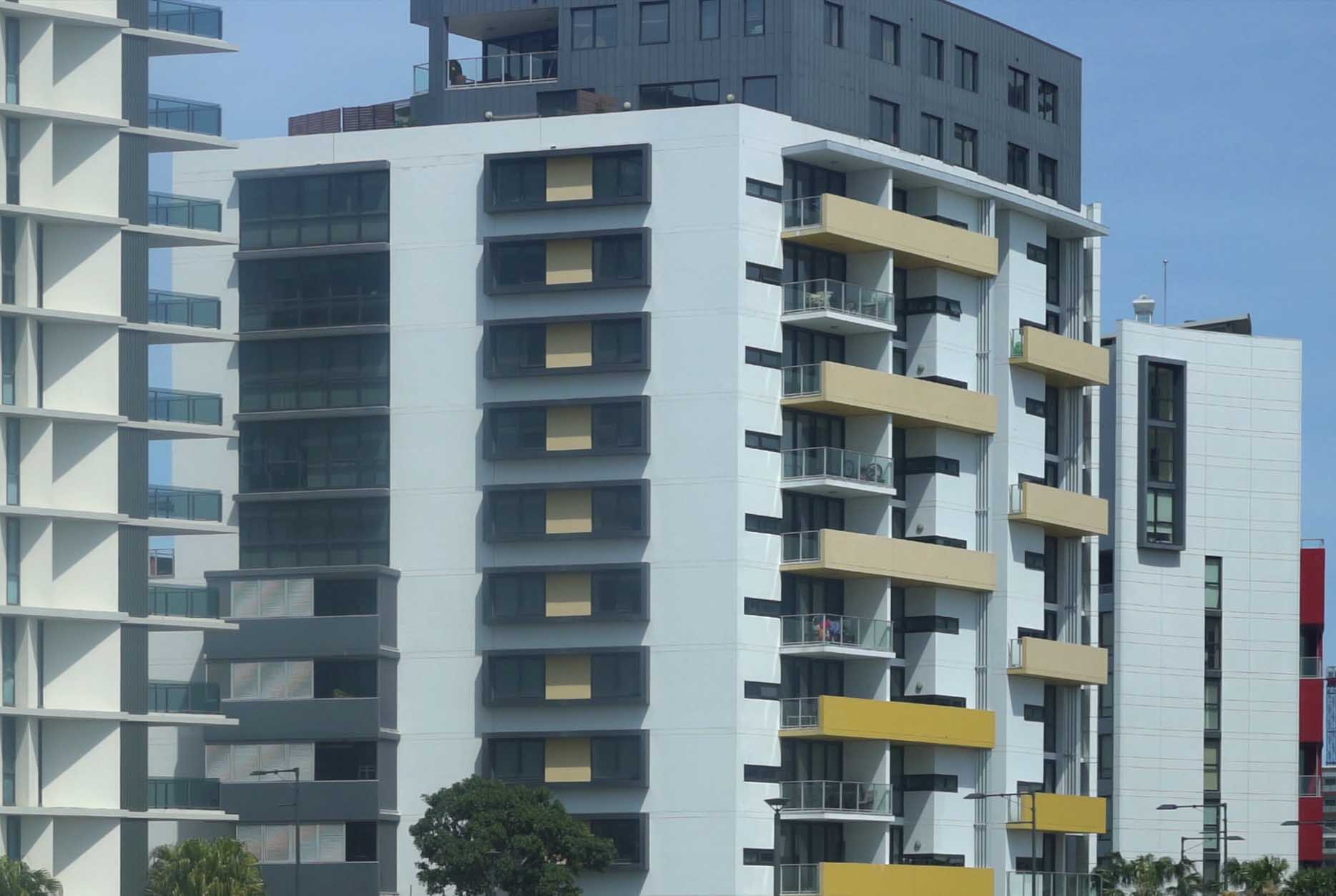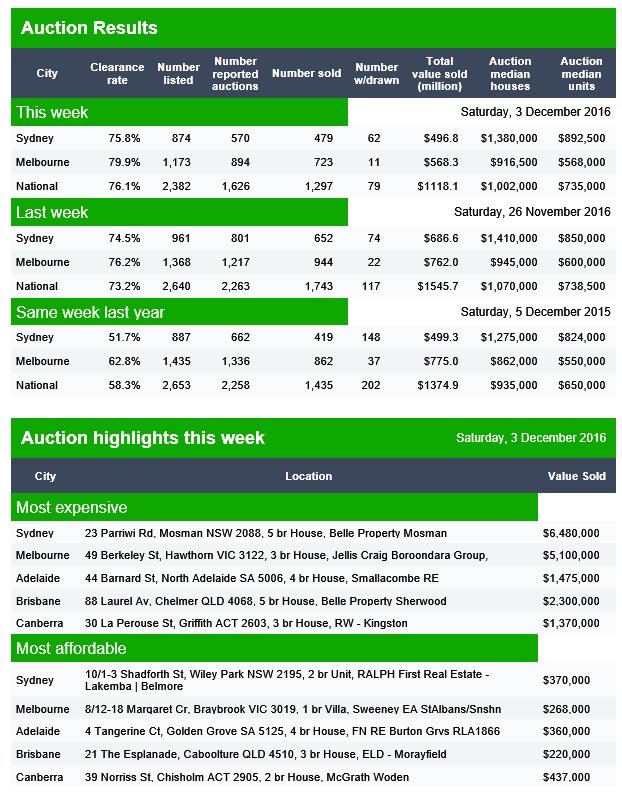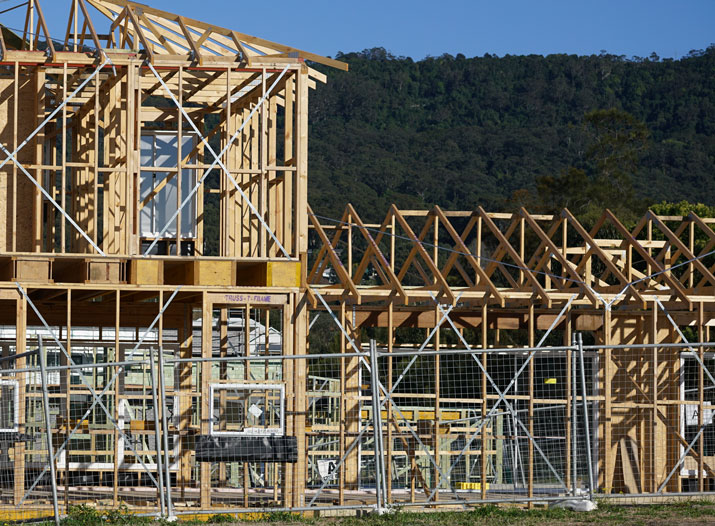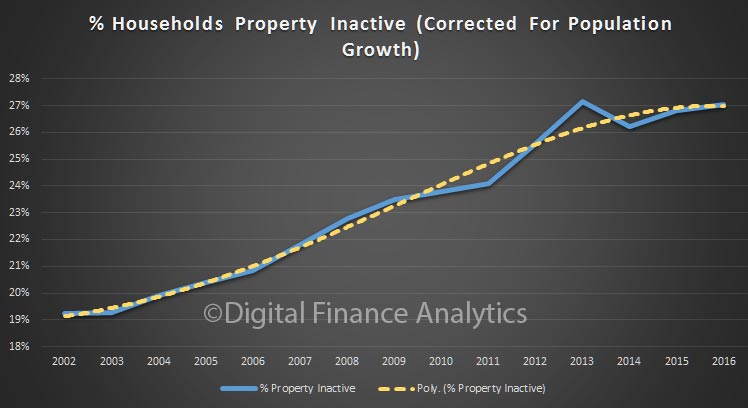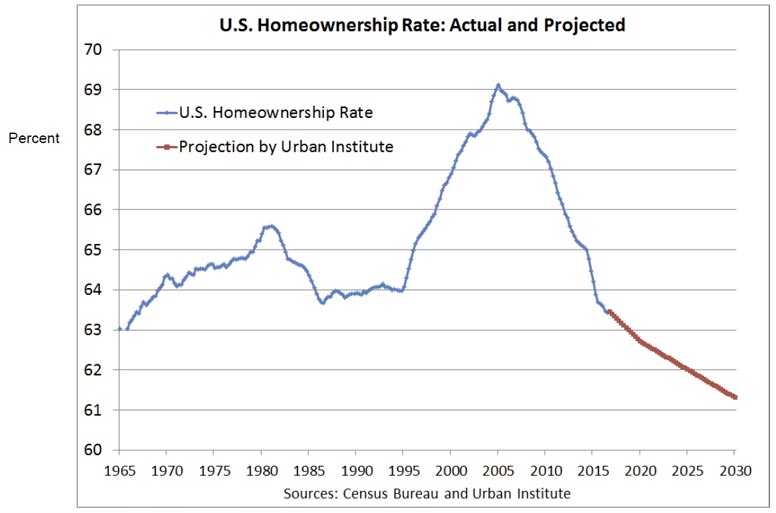Nice piece from CoreLogic’s Tim Lawless. Stock levels remain well below average across the hot housing markets, but are close to record levels in Perth and Darwin.
With the spring ‘selling season’ done and dusted and Christmas rapidly approaching, it is worthwhile having a look at how stock levels have tracked over the season and year relative to previous years. One of the key facets of the housing market over the last year has been the shortage of advertised stock that has created urgency amongst buyers. This has likely been one of the primary reasons why clearance rates have been high and the average selling time has been short.
CoreLogic counts listing numbers over a rolling 28 day period, updating the results each week. The listing counts are the summation of collecting listing numbers from online sources as well as print sources. Advertised listings are matched against property records, duplicates are removed, and listings are counted. New listings (ie those listings that we have not seen advertised previously over the past six months) are counted separately, while total listings is the sum of relisted stock (ie those properties that have been advertised at least once previously over the past six months) and new listings.
The graphs below track new and total listings across the combined capital cities. They show the number of property advertisements is highly seasonal and has varied substantially from year to year. Throughout spring 2016, new listing numbers have been tracking well below the highs of 2014 and 2015, however with the summer slowdown now in full swing, the number of new listings being added to the market is tracking almost 5% higher than last year across the capital cities.
The total amount of advertised stock shows a more substantial divergence over the years. Total stock levels have actually been tracking higher than a year ago across the combined capitals region and are currently 1.4% higher than a year ago. This trend seems to fly in the face of the argument that stock levels are in short supply, driving growth in prices. However, when we drill down into individual capital city trends it becomes very clear that the very ‘hot’ markets are where the shortage of stock is most pronounced.
The shortage of advertised stock is most pronounced in Sydney where fresh stock being added to the market has been consistently and substantially lower than the past two years. Total advertised stock levels are currently 10.2% lower than a year ago and there is approximately half the number of advertised properties in the market compared with the 2011 peak which was above 40,000.
The listings trend in Brisbane is very different. New listings being added to the market are on par with the highs of 2014 and substantially higher compared with last year and earlier periods in the cycle. Total advertised stock is higher than the past two years which is likely contributing to the softer pace of capital gains across the Brisbane housing market, as well as longer selling times and higher rates of vendor discounting compared with the larger capitals.
The weakness across the Perth housing market can be seen in a range of indicators. Dwelling values have been trending lower, rents are down almost 10% over the past year, properties are taking a long time to sell and vendors are showing large rates of discounting in order to sell their properties. The high number of total listings relative to previous years highlight that Perth is well and truly a buyer’s market. New listings are tracking higher than last year but remain well below the highs achieved when the market was much healthier in between 2012 and 2014. As buyer demand has slowed, total stock levels have trended significantly higher and are currently 14.2% higher than at the same time last year. Such a wide range of stock to choose from and little in the way of urgency amongst buyers is unlikely to create upwards pressure on prices until stock levels reduce substantially.

